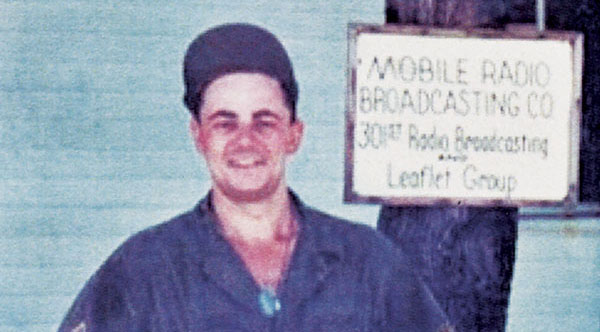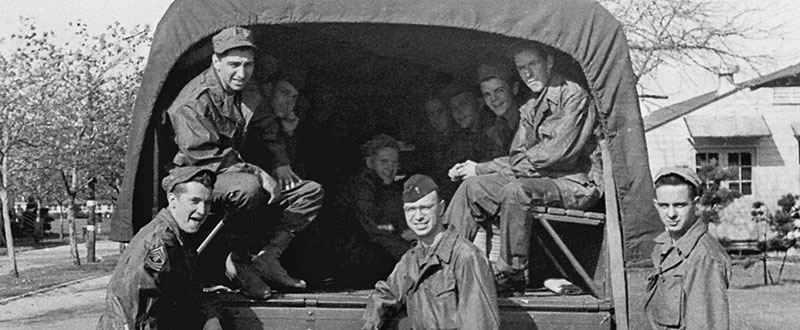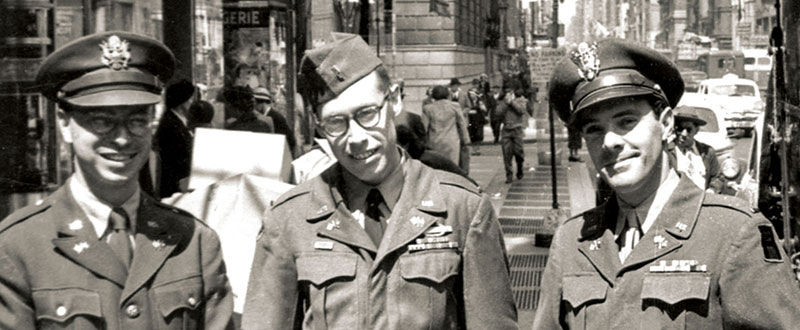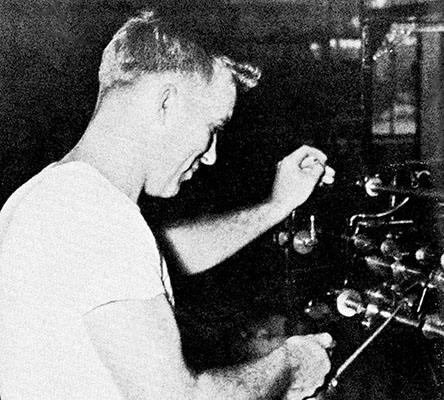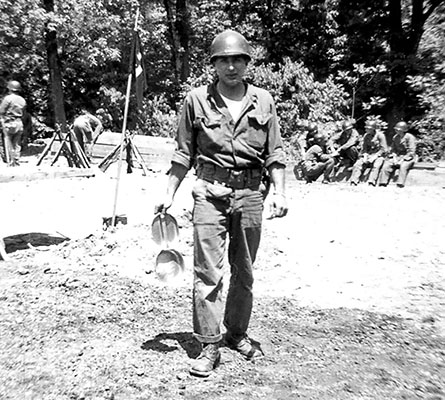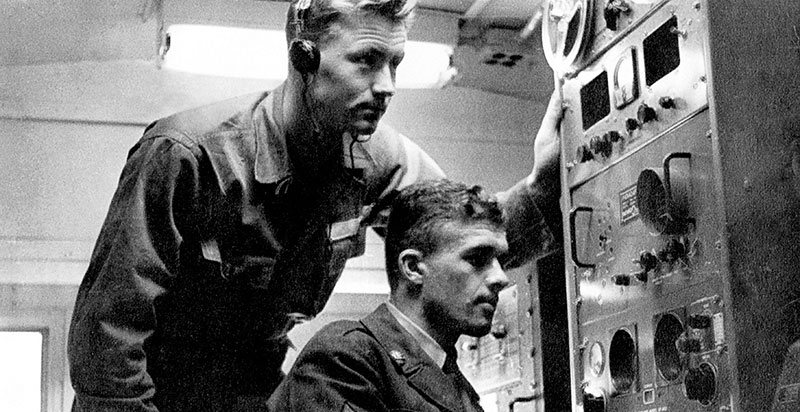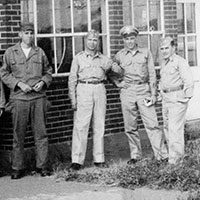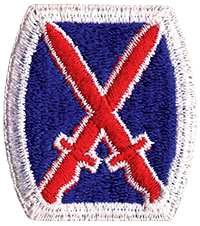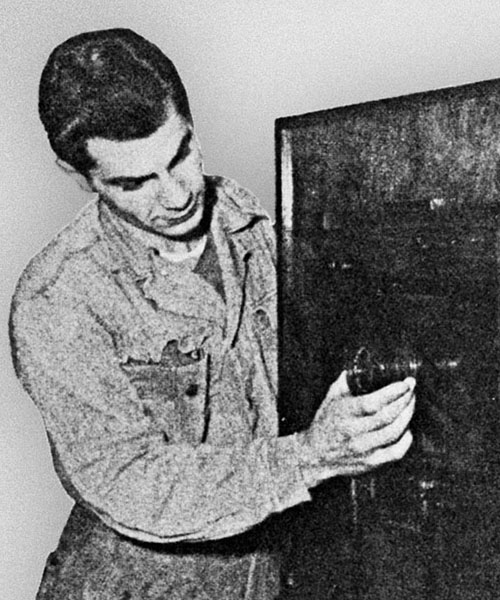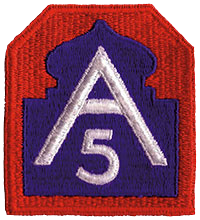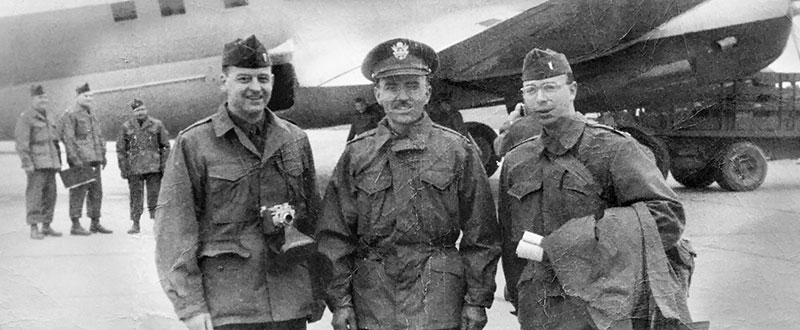DOWNLOAD
In April 1951, a personnel officer in the New York-based, reserve 301st Radio Broadcasting and Leaflet (RB&L) Group called First Lieutenant (1LT) Robert M. Zweck. “Bob, you’ve got to officially notify everyone in the unit” to report for induction into federal service. Zweck, a full-time radio technician for National Broadcasting Company (NBC), remembered that “the guys hated me. I called each guy and said, ‘Put your gear together.’”1 Activated in the reserves in October 1950, the 301st RB&L, a strategic psychological warfare (Psywar) unit, was being federalized on 1 May 1951. Later that year, the unit deployed to the Federal Republic of Germany (FRG) to satisfy requests for qualified Psywar personnel from Major General (MG) Daniel C. Noce, Chief of Staff, European Command (EUCOM).2
This article addresses the uniqueness of the 301st RB&L while detailing its formation, manning, and training before it deployed to Germany. The Group was noteworthy for several reasons. It drew people from several different reserve units after WWII. Many of its personnel held advanced degrees, had specialized civilian skills, or were proficient in foreign languages. Some of its reservists had high rank without having any prior military experience or training. By virtue of its Mobile Radio Broadcasting Company (MRBC), the 301st was closely associated with NBC. And it was the only U.S. Army Reserve (USAR) Psywar unit to be federalized during the early years of the Cold War.3 The roots of the 301st go back to the late 1940s.
Some of the 301st RB&L’s original members, including its commander, Colonel (COL) Ellsworth H. Gruber, served in various USAR elements since 1947. One of these units was borne out of NBC. David Sarnoff, a WWII brigadier general who served as General Dwight D. Eisenhower’s communications advisor and who later became the Chairman of the Board of Radio Corporation of America (RCA), proposed the creation of a reserve MRBC via the post-WWII Industrial Affiliation Program. In that program, corporations formed reserve units manned with their employees. The result of Sarnoff’s efforts was the 15 November 1948 activation of the stand-alone 406th MRBC. The 406th was commanded by NBC sales manager and Signal Corps Officer Captain (CPT) William B. Buschgen, and was populated with volunteer NBC employees.4

